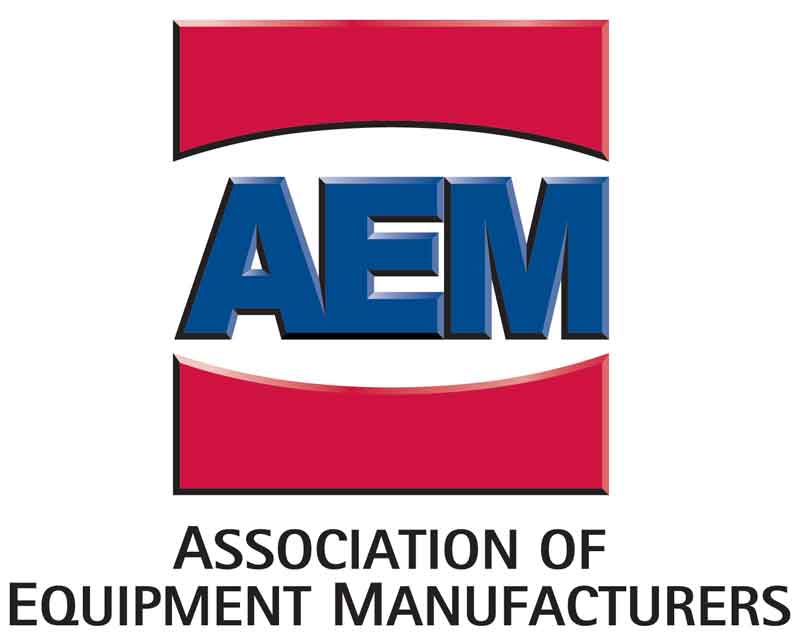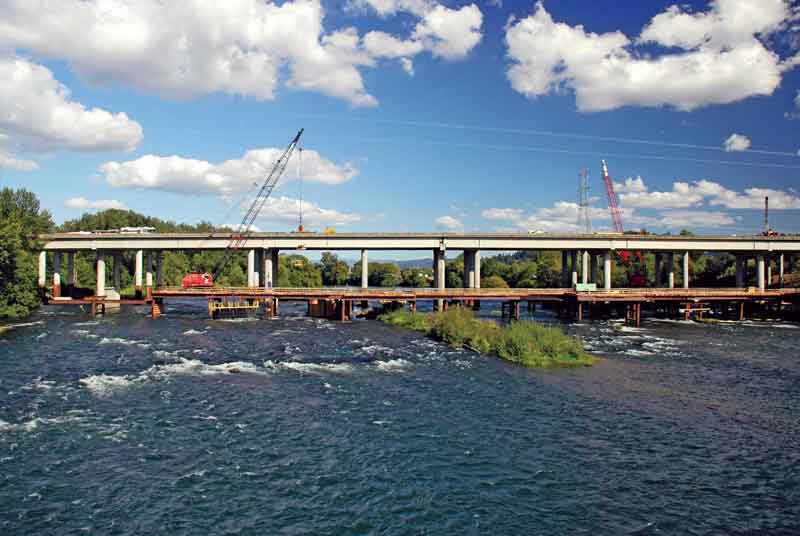AEM Says: Infrastructure Funding Is An Investment in the Quality of Life for Michigan

Even initiating one high-priority project, a new international crossing spanning I75 in Wayne County to Canada 401 in Windsor, Ontario, could create an additional 10,000 construction jobs and preserve or attract an additional 25,000 jobs in Michigan, according to the TRIP report.
High employment means a better quality of life, and investing in infrastructure improvements leads to job creation. A 2007 Federal Highway Administration analysis says that for every $1 billion invested in highway construction, about 27,800 primary and support jobs are created by the construction projects.
The Lansing-based Anderson Economic Group has estimated that the annual cost “of highway congestion (both fuel costs and the value time wasted) for Michigan was $2.9 billion in 2007, or $287 per person.” Improved roads, decreased transportation costs, improved mobility and sustained job growth could only make Michigan a more desirable place to live or visit.
No state in the union invests adequately in surface transportation. Congress still has not approved a multi-year fully-funded federal highway bill, and as the dithering on Capitol Hill continues, global competitors are gaining the upper hand. According to a 2008 Urban Land Institute report produced by Ernst & Young, China invests 9 percent of its gross domestic product in infrastructure vs. the 0.93 percent of GDP invested in the United States. We must do better than that.
In the 20th century, Michigan held global prominence in manufacturing, agriculture and tourism. It’s hard to see how Michigan can regain its manufacturing muscle without modernized transportation systems to move goods and people efficiently across the Wolverine state.
The future of the state’s economy and its citizenry is clearly at risk. According to TRIP, Michigan’s gross domestic product, when adjusted for inflation, dropped by nine percent from 2000 to 2008. Simultaneously, the national average increase in GDP was 52 percent. The choice in Michigan and across the United States is stark. The level of funding that would come from a long-range federal highway bill would have a significant impact on Michigan’s ability to maintain quality of life. We can either find ways to fund desperately needed surface infrastructure improvements and create jobs and improve our quality of life, or we can continue to allow our economic well-being to slip away, perhaps for good.
This Opinion-Editorial piece was written by Dennis Slater, president of the Association of Equipment Manufacturers (AEM).


Comments are closed here.